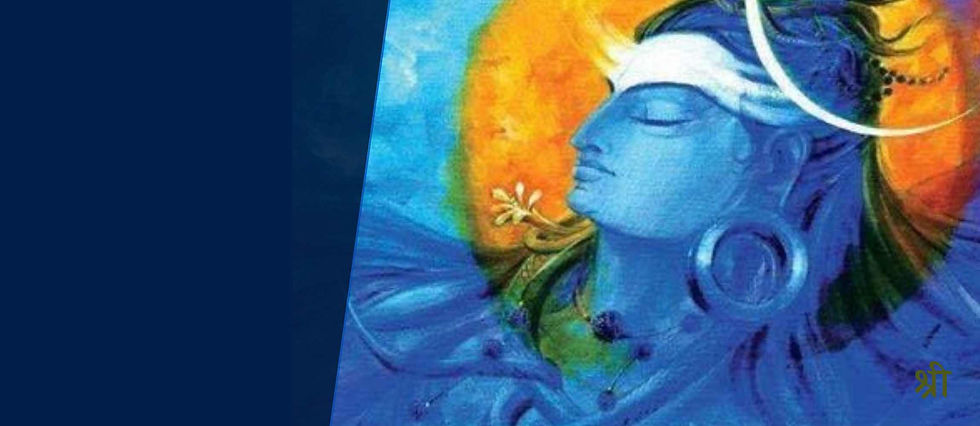
Shiva Sutra

Shiva Sutra refers to a series of aphorisms or teachings that guide attaining the ultimate realization of Shiva, the supreme consciousness. The Ṣaṭakōṇa aspect focuses on a specific geometric and symbolic representation that encapsulates profound spiritual truths.
The Shiva Sutra Ṣaṭakōṇa is a revered text in the tradition of Nath Tradition in Bengal, attributed to the great Matsyendranath. This text is central to the practice of Ṣaṭakōṇa Sadhana, which is designed to align the practitioner's consciousness with the supreme consciousness of Shiva. The Ṣaṭakōṇa, or "six-pointed" practice, is a method of meditative and ritualistic techniques that aim to invoke and experience the divine presence.
Avdhoot Atmananda
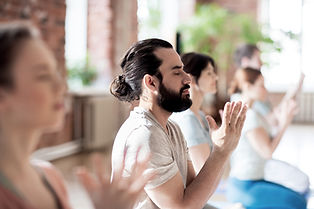
14 Shiva Sutras Yoga
.jpg)
Shiva Sutra Nigam
Primarily there are only 14 Shiva Sutra as Nigama Shastra in Tantra. But When we expand it in our Ṣaṭakōṇa i.e. in Hexagonal Geometry it becomes 84 Shiva Sutras. Abhinavagupta of Kashmir Shaivism noted only 77 aphorisms or sutras out of 84. According to Nigama Shastra, the 14 Sutras are hidden in 14 Chandas alphabet or Akshara. Later it came to Bengali script.
Atmapath
The first section of the Shiv Sutras deals with Atmapath, the path of the individual. This is the most accessible path, involving external practices such as rituals, breath control, and sensory withdrawal. It is a gradual process where the seeker uses tangible means to purify the mind and body, eventually leading to the dissolution of the ego. Through the Shaktipat Deeksha received from a true Shreeguru or Sadhguru, a Sadhak begins their spiritual journey. Without this initiation, the teachings of the Shiva Sutras cannot be fully realized.
An important sutra in this context is:
"Mantra-Vidya" – The Knowledge of Mantra.
Mantras, as sacred sounds, are used to focus the mind and connect with the divine energy. The repetition of a mantra helps the seeker transcend the limitations of the individual self and enter into a state of union with the universal consciousness. Through consistent practice, the vibrations of the mantra purify the subtle body, allowing the light of Shiv to shine through.
.jpg)
.jpg)
Shaktipath
The second section of the Shiva Sutras explores the Shaktipath, the path of energy or the dynamic aspect of consciousness. Here, the focus is on the use of the mind, emotions, and subtle energies to achieve realization. It involves the active engagement of the seeker.
One of the essential sutras in this section is:
"Shakti Chetna Samakalan" –
Integration of Energy and Consciousness.
In Shaktipath, realization is approached through Dwito Sadhana the disciplined use of the mind. The seeker uses contemplation, meditation, and focused awareness to channel their energies towards the recognition of the Self and Shakti. This path involves a deepening of insight and the transformation of ordinary awareness into a heightened state of perception where the individual consciousness merges with universal consciousness.
Shambhupath
The first section of the Shiva Sutras deals with the Shambhupath, the path of grace. The Shambhabi Vidya activated automatically . This is the most advance and subtle path, where realization is achieved without any external effort. It is the spontaneous recognition of one's divine nature, akin to a flash of lightning in a dark sky. The sutras emphasize that this realization is beyond intellectual understanding; it is an inner awakening that transcends all dualities.
A key sutra in this section is:
"Chaitanyam Atma" – Consciousness is the Self.
This sutra encapsulates the essence of Shambhupath. It points to the simple yet profound truth that our true identity is pure consciousness, unbounded and eternal. Realization on this path occurs when the seeker surrenders completely to the divine, allowing the grace of Shiva to dissolve all illusions of separateness.
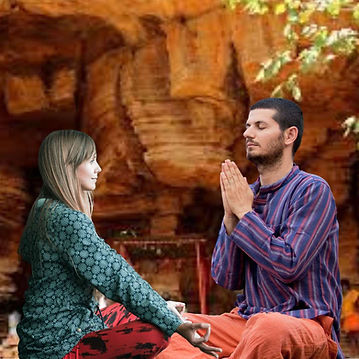

The Ultimate Realisation: Paramashiva
The culmination of the teachings in the Shiva Sutras is the realization of Paramashiva, the ultimate reality that is both transcendent and immanent. This realization is described as a state of Param Shiva, where the only the infinite consciousness remains.
The Shiva Sutras guide the seeker to this state by emphasizing the importance of inner awareness and also the outer spanda i.e. pulsation and the recognition of the divine within. Realization is not an escape from the world but a profound transformation of perception, where every aspect of life is seen as an expression of the divine play.

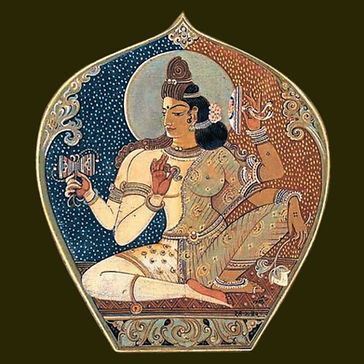.jpg)
Relevance of the Shiva Sutras
In today's world, where the mind is constantly bombarded with distractions and anxieties, the teachings of the Shiva Sutras offer a timeless path to inner peace and self-realization. The sutras remind us that the ultimate truth is not to be found in the external world but within our own consciousness.
The art of realization, as taught in the Shiva Sutras, is a journey from the fragmented sense of self to the wholeness of being. It is a path that transcends religious boundaries, offering universal principles that can be applied by anyone, regardless of their background.
In essence, the Shiva Sutras invite us to recognize the divine within ourselves and to live from that place of pure consciousness. It is a call to wake up from the dream of separateness and to realize our oneness with all that is.
As we delve into the teachings of the Shiva Sutras, This is from Ancient Bengal Nigam Tantra or Nigama Shastra. This is not just learning about the philosophy of Kashmir Shaivism; we are embarking on a journey of self-discovery that leads to the ultimate realization of our true nature—Shiva.
Nath Yoga leads seekers to learn the true Inner Engineering. Seekers soak in the ecstasy. It is the process of the Art of Realisation.

Nath Yoga is not just a physical exercise or mental discipline; it is a holistic system aimed at integrating body, mind, and spirit to achieve spiritual awakening and liberation. The practices of Nath Yoga are passed down through an oral tradition from Guru to disciple, preserving the wisdom of the Nath lineage through generations. Today, Nath Yoga continues to be practiced by those seeking a deeper understanding of yoga's spiritual dimensions and it is a path to Self- Realisation.

Shree Siddhashram
Inclusiveness
is a pathway to know the unknown
Shree Siddhashram, a volunteer-based organization, exemplifies the true essence of inclusiveness. It welcomes individuals from all walks of life, transcending barriers of age, gender, ethnicity, and social status. Their commitment to inclusivity is at the core of their mission, uniting people with diverse backgrounds in a shared vision of positive change. By fostering an environment where everyone's contributions are valued, Shree Siddhashram ensures that no one is left behind.
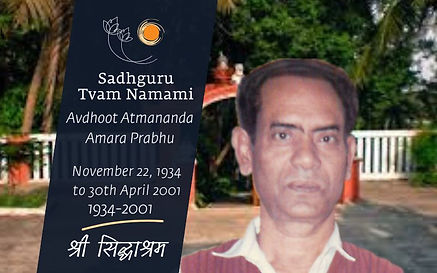

Related Content


